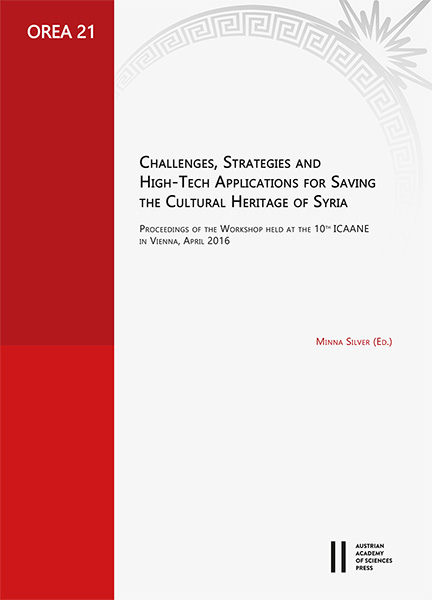
Challenges, Strategies and High-Tech Applications for Saving the Cultural Heritage of Syria, pp. 135-152, 2022/03/24
Proceedings of the Workshop held at the 10th ICAANE in Vienna, April 2016
In recent years, LiDAR technology has been systematically applied to the study of archaeological sitesand/or monuments largely as part of the study of landscape topography (including view sheds, architectural relationships,etc ) Rarely is it used as an analytical tool to record dimensions and stratigraphic relationships while terrestrially-based. This can yield extremely accurate and detailed information about archaeological sites, especially those thatare topographically and stratigraphically complex LiDAR technology can capture millions of data points in a briefspan of time, allowing for more subtle imagery and analysis than in more popular data collection techniques LiDARtechnology also allows for disparate excavation areas to be integrated into a single analytical unit and for more accurateestimation of excavation and site dimensions As a heritage recording, conservation, display and analytical tool, it isexcellent choice of technology. Data from the archaeological site of Tell eṣ-Ṣâfi/Gath, Israel will be used to demonstratesome of the advantages of this kind of approach to data collection and analysis.
Keywords: heritage; conservation; survey; remote sensing; terrestrial LiDAR; complex urban sites; Early Bronze Age; Israel; archaeology